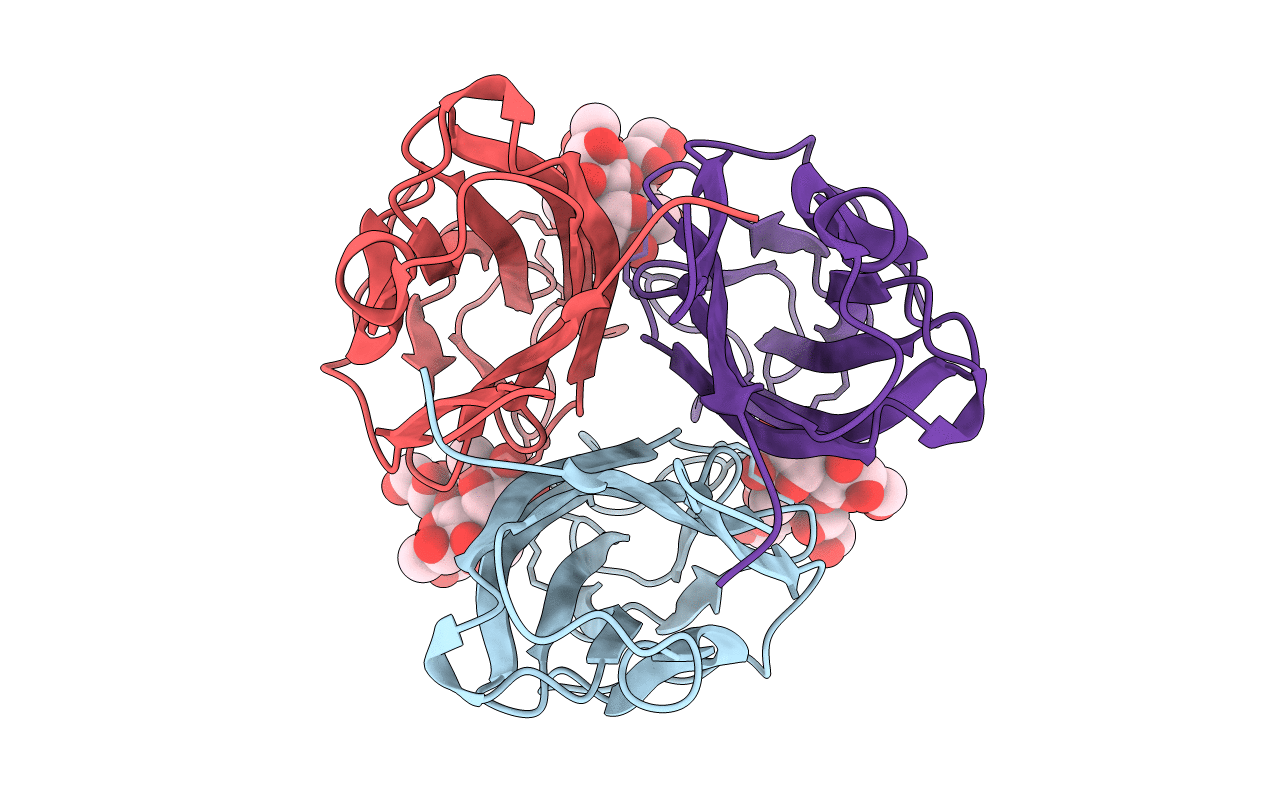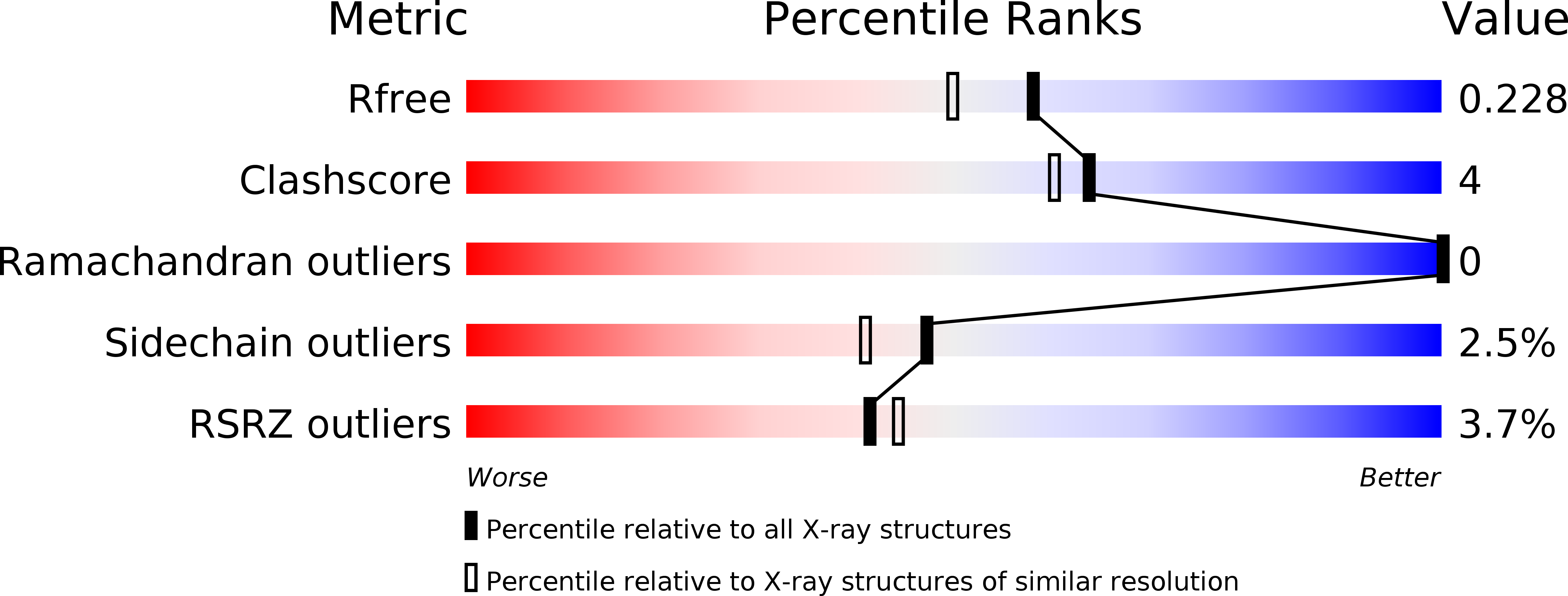
Deposition Date
2019-11-22
Release Date
2020-01-22
Last Version Date
2024-01-24
Entry Detail
PDB ID:
6TIG
Keywords:
Title:
Structure of the N terminal domain of Bc2L-C lectin (1-131) in complex with Globo H (H-type 3) antigen
Biological Source:
Source Organism:
Burkholderia cenocepacia J2315 (Taxon ID: 216591)
Host Organism:
Method Details:
Experimental Method:
Resolution:
1.90 Å
R-Value Free:
0.22
R-Value Work:
0.16
Space Group:
C 1 2 1


